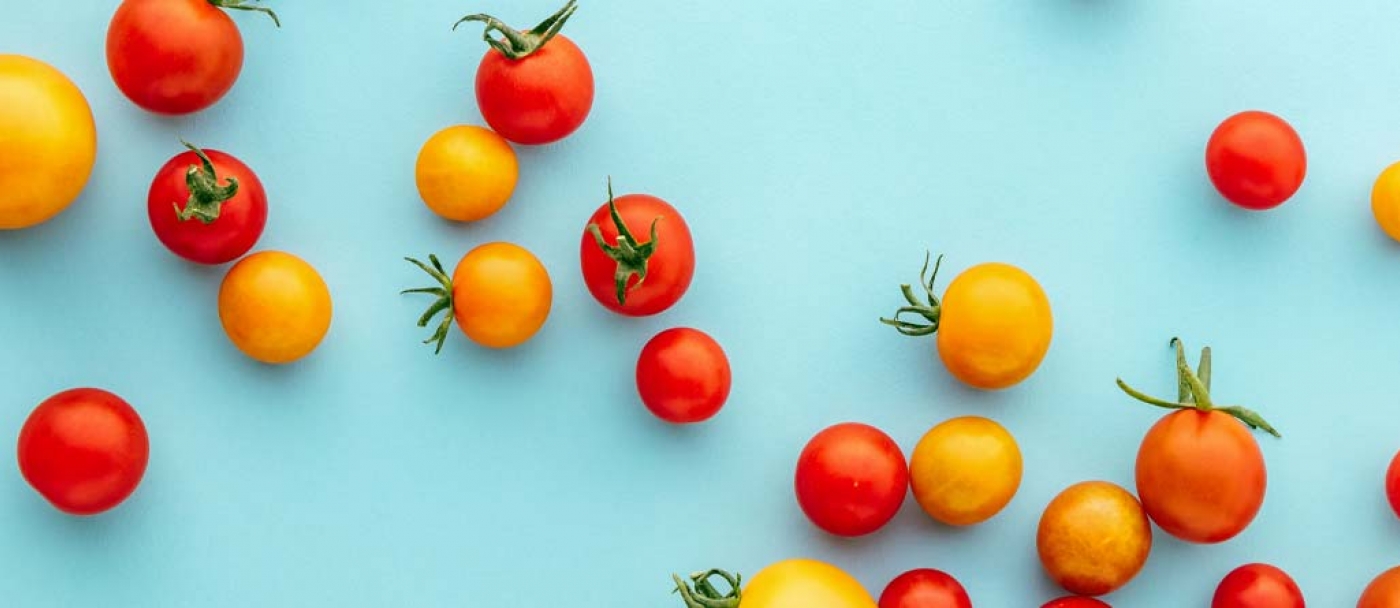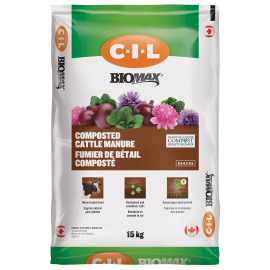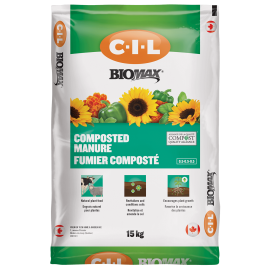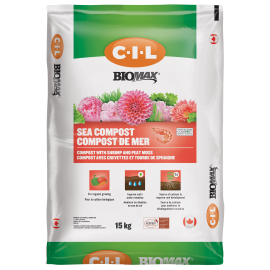Beginner’s Guide to Growing Perfect Tomatoes

There’s nothing better than homegrown tomatoes, and raising a crop in your backyard isn’t as difficult as you may think. In fact, growing tomatoes is extremely rewarding and a lot of fun, even if you’re new to the world of gardening. Here’s how to get started.
Deciding What to Plant

Choosing which tomato to plant is the most difficult part of the entire process. To simplify things, consider there are four primary sizes, all available in a variety of colors and shapes:
Standard tomatoes are average-sized, all-purpose tomatoes found in any supermarket.
Beefsteak tomatoes are huge, juicy tomatoes, ideal for burgers or sandwiches. Beefsteak tomatoes aren’t usually the best choice for Canada’s shorter growing season.
Plum tomatoes, such as Romas, are good for cooking and canning, but not the best choice for eating fresh.
Cherry tomatoes are, as the name implies, small and delicious.
Most tomatoes are also available in dwarf varieties, perfect for small spaces or containers.
Determinate or Indeterminate

To put it simply, determinate varieties are bushy, compact plants that produce fruit all at once, in a two- or three-week period. Indeterminate varieties are larger plants that produce fruit later, then continue to produce until the end of the season. They are large plants that can reach heights of 2 meters or more.
Take the growing season into consideration when making your decision. Some varieties ripen as soon as 55 days, while others need much longer.
Picking a Spot

Tomatoes are sub-tropical plants that need plenty of sunlight and warmth. A spot near a wall or fence is good; tomatoes will bask in the reflected light. In Canada, tomatoes need an absolute minimum of six sunny hours per day.
Tomatoes also prefer rich, well-drained soil. Dig in a generous amount of compost and/or well-rotted manure a couple of weeks before planting.
Planting Tomatoes

It’s possible to start seeds indoors several weeks ahead of planting time, but if you’re a beginner, you’ll find it’s much easier to purchase healthy tomato plants at a local garden center or nursery. Don’t rush; tomatoes won’t grow in cold soil.
To plant tomatoes, pinch off the lower branches and leaves, then plant the tomato deeply, with lowest set of remaining leaves just above the soil.
You can safely bury up to two-thirds of the plant, including the lower leaves. Healthy roots will develop along the buried stems. Some gardeners like to dig a trench and lay the plant horizontally, with just the top cluster of leaves showing.
As you can see, tomato plants are very forgiving. Don’t forget, however, to provide stakes or tomato cages at planting time. Water immediately after planting.
Caring for Tomato Plants

Water: Let the soil dry somewhat between waterings, but don’t allow it to become bone dry. It takes a little practice, but the idea is to keep the soil consistently a little on the dry side. Figure that tomato plants need about 5 cm of water or rainfall per week.
To prevent moisture-related diseases, water at the base of the plant with a soaker or garden hose. Keep the foliage as dry as possible.
Fertilizing: Tomatoes are heavy feeders. Add a small amount of all-purpose fertilizer at planting time, then feed the plants every two weeks, beginning when the fruit is about the size of a golf ball. Read the manufacturer’s information carefully and avoid overfeeding, which will do more harm than good.
Mulch: Spread straw, chopped dry leaves, compost or fine bark chips around the plant about five weeks after planting. Mulch will retain moisture, control weeds and keep water from splashing on the leaves.
Pests: Avoid pesticides, which kills beneficial insects that are experts at controlling unwanted pests. If you notice aphids or whiteflies, they are easily controlled with insecticidal soap spray or horticultural oil. Pests like hornworms and caterpillars can be picked off the plant by hand.





